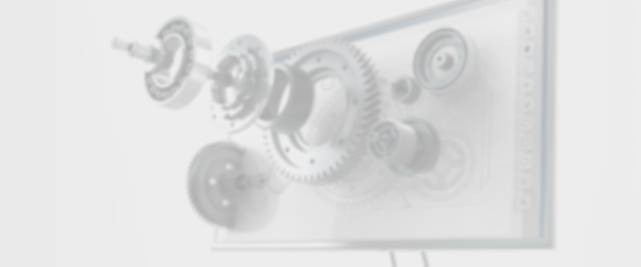Oct . 10, 2024 23:08 Back to list
trailer brake drum replacement
Understanding Trailer Brake Drum Replacement A Comprehensive Guide
When it comes to towing and hauling with a trailer, the brake system is one of the most crucial components ensuring safety on the road. Among the different parts of this system, the brake drum plays a significant role. Over time, wear and tear can necessitate a trailer brake drum replacement. In this article, we will explore the importance of the brake drum, when to replace it, and the step-by-step process of replacement.
Importance of the Brake Drum
The brake drum is designed to work with the brake shoes to create friction, allowing the trailer to slow down or stop effectively. When you press the brake pedal in your towing vehicle, the brake shoes expand against the inside of the drum, creating the necessary friction. This operation is critical for safe braking performance, especially under heavy loads. A well-maintained brake drum ensures that your trailer stops smoothly and effectively.
Signs You Need to Replace the Brake Drum
Recognizing the signs that your brake drums may need replacement is essential for maintaining safety. Some indicators include
1. Excessive Wear Inspect the brake drum for any signs of wear, such as grooves, cracks, or scoring. If the surface is uneven or damaged, replacement is crucial.
2. Overheating If your brakes have been overheating, it can cause warping of the brake drum. A warped drum can lead to poor performance and compromised safety.
3. Squeaking or Grinding Noises Unusual sounds during braking could indicate that your brake shoes are worn out, which can, in turn, damage the brake drum. Addressing these issues early can prevent further damage.
4. Vibration While Braking If you feel vibration or pulsation when applying the brakes, it may indicate that the brake drum is not functioning properly and should be checked for issues.
5. Poor Braking Response If your trailer takes longer to stop or needs more distance to halt, check the condition of the brake drums and replace them if necessary.
Replacement Process
Replacing a trailer brake drum may seem intimidating, but with the right tools and guidance, it can be a manageable DIY task.
Tools You Will Need - Jack and jack stands - Tire iron - Wrench set - Brake cleaner - Replacement brake drums - Torque wrench - Safety glasses and gloves
trailer brake drum replacement

Step-by-Step Guide
1. Prepare the Trailer Secure your trailer on a level surface, engage the parking brake, and place wheel chocks behind the tires for safety.
2. Lift the Trailer Use a jack to lift the trailer, and support it with jack stands. Remove the wheel using the tire iron.
3. Remove the Old Brake Drum Take off the brake drum by pulling it straight off the wheel hub. If it is stuck, you may have to tap it gently with a rubber mallet.
4. Inspect Components While the drum is off, check the brake shoes, springs, and other related parts. Replace any worn components as needed.
5. Clean the Area Use brake cleaner to remove dust and debris from the brake assembly and wheel hub.
6. Install the New Brake Drum Slide the new brake drum over the hub, ensuring it fits snugly.
7. Reattach the Wheel Place the wheel back onto the hub and hand-tighten the lug nuts.
8. Lower the Trailer Carefully lower the trailer back to the ground using the jack.
9. Torque the Lug Nuts Using a torque wrench, tighten the lug nuts according to the manufacturer's specifications.
10. Test the Brakes Before hitting the road, test the brakes to ensure everything is functioning properly.
Conclusion
Regular maintenance and timely replacement of your trailer brake drums are essential for safe towing. By being proactive and understanding the replacement process, you can enhance your safety and ensure smooth travels with your trailer. Whether you choose to tackle this task yourself or seek professional help, knowledge is key to maintaining a safe and efficient brake system. Remember, a well-functioning brake system not only protects you but also ensures the safety of others on the road.
-
HINO Industrial Solutions - ¡Ң���ຽ��е��������˾ | Advanced Technology&Reliability
NewsJul.13,2025
-
HINO Industrial Efficiency-Jiangsu Hino Industrial|Productivity Optimization&Cost Reduction
NewsJul.12,2025
-
HINO-¡Ң���ຽ��е��������˾|Advanced Industrial Solutions&Energy Efficiency
NewsJul.12,2025
-
Premium Brake Drum Iveco – Durable Drum Brake Drum & Brake Shoe Solutions
NewsJul.08,2025
-
High-Performance Brake Drum Liza for Enhanced Safety Reliable Drum Brake Drum & Brake Shoe Solutions
NewsJul.08,2025
-
High-Quality Brake Drum MAZ – Durable Drum Brake Drum & Brake Drum and Brake Shoe for Optimal Performance
NewsJul.07,2025
